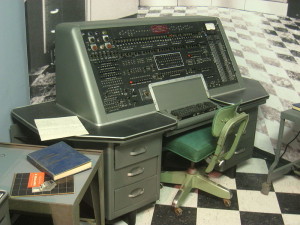June 14, 1938: Action Comics Introduced Superman
Subscribe! Spotify | RSS | More
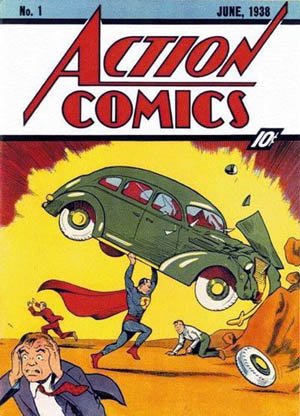
1938 – It is one of the geekiest days for people like me. Creators Jerry Siegel and Joe Shuster introduced one of the comic heros in Action Comics. Interesting enough, Superman was suppose to be a bad guy.
The first form of him appeared in “Science Fiction #3” in 1933. He looked more like Lex Luthor than the caped crusader. But with a little re-tooling, Superman made the comics and a piece of geek history.

Subscribe to Day In Tech History:
RSS Feed - iTunes - Android - Spotify - iHeartRadio
Facebook -
- RSS Bandwidth by Cachefly Get a 14 Day Trial
- Join me on Patreon and support Day in Tech History
- 1938 – The First Superman comic
- 1985 – Apple lays off 1,200 employees
- 1997 – Tamapittchi, a cellular phone with a Tamagotchi built into it, is released in Japan
- 2006 – Google Maps for Enterprise
- 2009 – #CNNFail
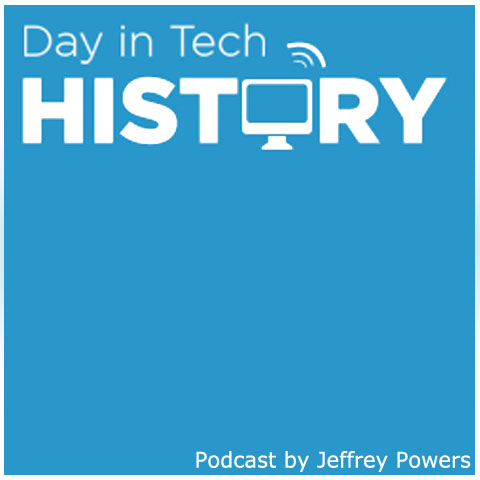


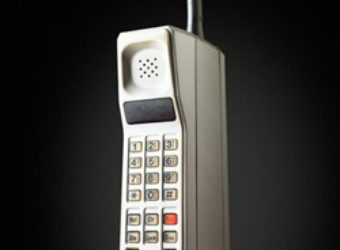
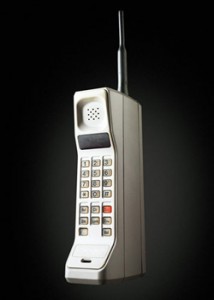
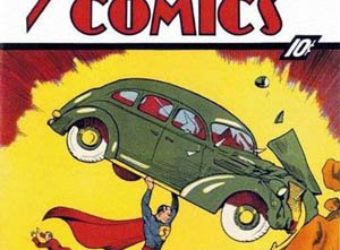
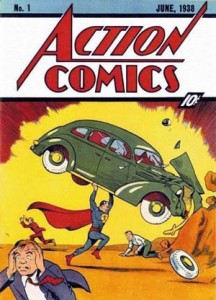
![Univac[1] Univac](https://dayintechhistory.com/wp-content/uploads/2013/06/Univac1-340x250.jpg)
